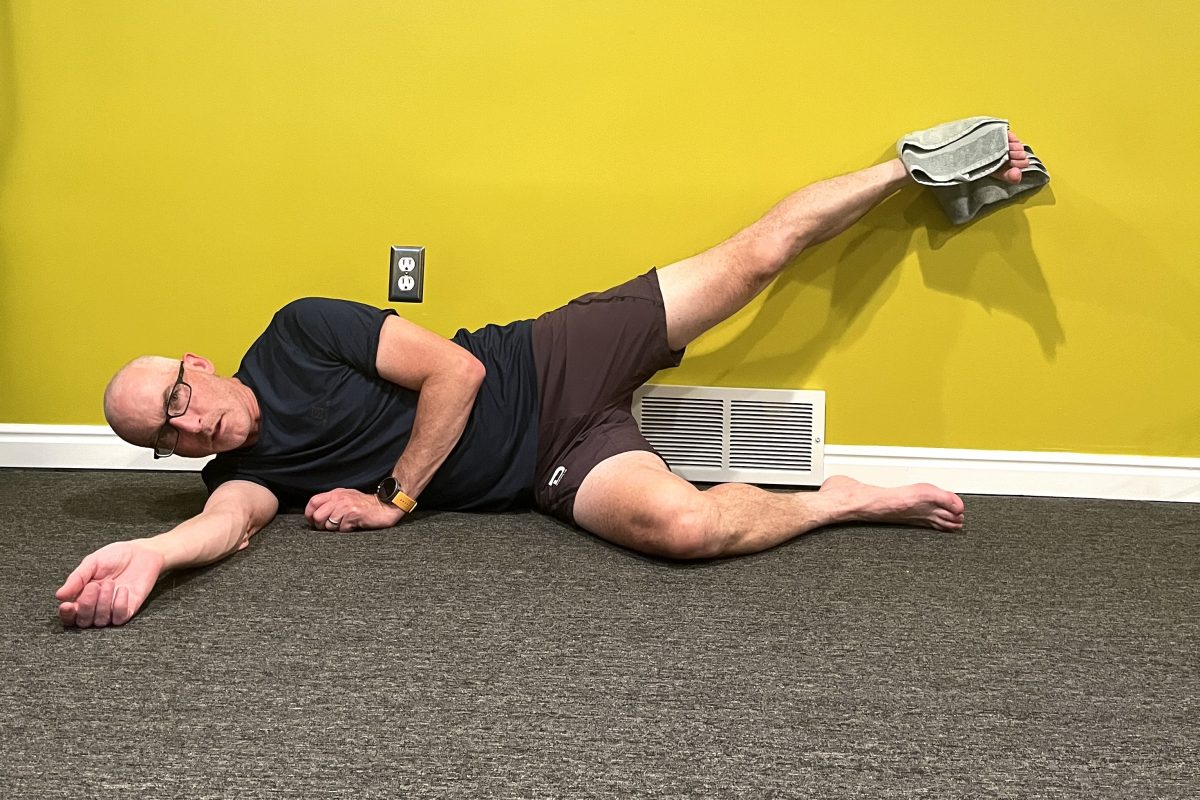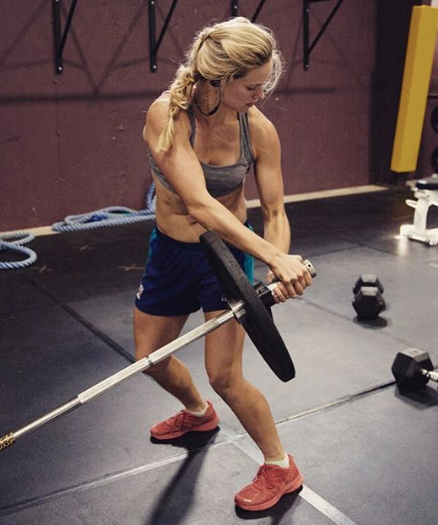At FasterSkier.com we have gotten many comments, questions and requests for more material about weight-, circuit-, core- and specific strength (strength training done on rollerskis or skis) training.
Articles, research, rumors, comments and such have possibly created some confusion regarding what to do, loads, number of repetitions and sets, length of the workouts and who would benefit from the different types of training.
Typical questions are:
– What are World Cup and National Team skiers doing?
– Should I stop doing circuit workouts and focus on maximum strength instead?
– Is max strength appropriate for kids and juniors?
– I used to do 30-50 reps (endurance strength) in my weight training. Am I wasting my time – How many reps should I do (now)?
– Is max strength only for sprinters?
– What is specific strength training?
– What is core strength?
This article
This two-part article will in summary attempt to identify the different methods and the difference between them, as well as clarifying the recent trends in strength training for XC skiers at elite level. We also cover on how young skiers and masters can use the new ideas in their training program.
I hope that other coaches or skiers will add material, comments, and suggestions in areas I left out, was clueless, missed the boat or need to be re-educated…
As (theoretical) background material I have used recent articles published on FasterSkier.com by Steinar Mundahl – former Norwegian National Team coach, John Aalberg – two-time Olympian and Coach, PeteVordenberg – US National Team coach, notes from the recent FIS sprint seminar, the “original” Norwegian max-strength for XC skiers research by Helgerud & others as well the training book “How to When to, Why to” by Karlsen/Patterson (available on www.torbjornsport.com ).
My (practical) background comes from 25 years of coaching and from currently working with Justin Wadsworth and Beckie Scott.
PART I
Will we ski faster by getting stronger – not at all a guarantee?
This summer I spent some time with a person developing and producing instruments for measuring the power output (wattage) developed in each repetition in strength exercises and in other elements of motions, such as the quickness of the “plyometric” motion in jumps, or the “explosiveness” in sprinting.
He pointed out the fact that the problem is not how to get stronger – but rather how to also get faster. Developing strength will not necessarily make you faster if all you did was make your muscle fibers thicker. In his mind it all comes down to working with correct power output – or optimal wattage.
While hard to apply I agree completely with his assessment and think that strength training for XC skier and other athletes will go through many changes during the next decade. What you see today is just the beginning of a strength and efficiency training revolution. The changes will come through better control of the speed, frequency, power output and many other areas yet to be seen.
Is Max Strength for everyone?
The (basic) conclusion in a highly publicized Norwegian max strength research study (published about 10 years ago) was than everyone from sprinters to distance skiers would benefit from some heavy weight training – developing max strength using heavy loads, relatively fast motions and few repetitions.
Increased max strength can be compared to increased max VO2. The increased max strength will likely also increase the average pull or push during a race (without necessarily using more energy), similarly to the increase in average racing speed that an increased VO2 and resulting increased anaerobic threshold will give. Other benefits of increased strength are better top speed and start & finish-sprint ability.
Comment: Please note that only one pull-type upper body exercise was used in the study, and the study assumed but did not conclude that this would be beneficial for leg exercises and push motions as well.
 and submax strength (using 10-20 reps per set) need to be developed before considering max strength training. A gradual adjustment is also advised when making the transition to max strength training. </p>
<p>Part II of this article will cover details of circuit, core and specific strength training for Cross-Country skiers, as well as important guidelines regarding strength training for all levels of skiers.<br />
<B>Editor’s Comment:</B> If you would like to learn more about how to optimize your training or coaching, please check out John Aalberg and Torbjorn Karlsen’s Coaching Services (click on their advertisement banner on www.fasterskier.com or www.torbjornsport.com home pages for detailed information).</p>
</div></div><!-- /btArticleContentInnerInner --><section class=)



